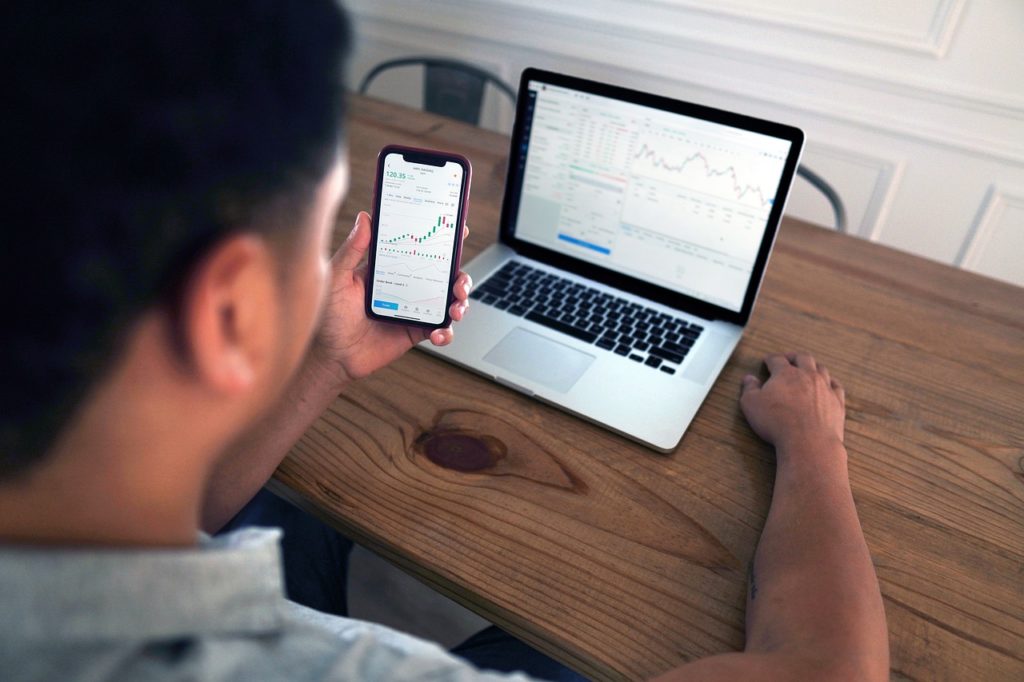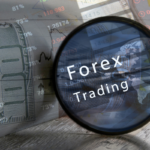Gold is one of the most precious metals that exist. It has been used as a store of value since the beginning of time thanks to its unique properties such as physical attractiveness, durability, and scarcity.
There are two ways to get involved in gold and ensure you profit from its price gains.
You can opt to invest, which involves buying the actual asset holding it, and selling when the price rises to keep the profit, or you can opt to trade by taking a position using financial instruments attached to the asset, and you get to profit if the price rises or falls.
This piece will serve as a gold trading guide that will outline everything you need to know to get started trading financial instruments attached to the precious metal.
There are several ways you can trade gold, including through the spot market, where you get exposure to bullion without having to take ownership of the precious metal.
Gold futures contracts enable you to exchange gold for a fixed price on a set date in the future.
Here you must uphold your end of the deal, whether it’s through physical or cash settlement. There are also gold option contracts that work similarly as futures but with no obligation to execute the trade when buying.
Options will give you the right to exchange either physical gold or gold futures at a specific date.
Also, gold ETFs or exchange-traded funds track the movement of a basket of shares of publicly traded gold mining, refining and production companies.
They offer a wider exposure than you would get from a single position. And finally, you can trade gold stocks which are a great way to get indirect exposure to gold.
Create An Account
To Trade gold-stock CFDs, you need to create an account on a platform such as PrimeXBT that allows you to access the market.
The process will involve signing up by providing personal details such as email address/phone number and setting a strong password. You will have to verify the account, fund it, and you are good to go.

Opening Your First Trade
Most platforms will allow you to trade spot prices, futures, contracts, and options, or you can even get indirect exposure to gold through company stocks and ETFs.
Whichever gold market you decide to trade, it is vital to contemplate whether you want to go long or short, what position size you will take, and how you will manage your risk.
For example, PrimeXBT offers a range of risk management solutions such as stop-losses and limit-close orders. Both are used to close trades at predetermined loss and profit levels, respectively.
Select the market you would like to participate in, either spot, futures, options, or stocks and ETFs. And remember, whether you start trading gold or gold-linked assets via CFDs, you will be able to choose between buying and selling the market, known as going long or short.
The logic here is simple; you buy long if you expect the price to rise within a given timeframe or sell if you think the price will decline.
What helps you make these decisions is through conducting technical and fundamental analysis. The former involves reading charts using indicators.
Most traders will chart different time frames starting with the daily to see the prevailing trend. Then move to the 4 hours, 1 hour, and 30 minutes.
You can use the smaller time frames such as 15, 5 and 3 minutes to take positions. The charting involves drawing support and resistance lines plus dynamic support and resistance lines to determine trading channels.
You can comfortably take a position in that direction by identifying the prevailing trend since the trend is your friend.
But you need indicators to agree with your prediction to increase your confidence in taking the position. For example, the RSI will show you when an asset is oversold or overbought.
An RSI divergence will show a trend reversal is imminent. The ADX will tell you how strong the market momentum is, and the MACD will tell you when the market is on the uptrend or downtrend.

There are plenty of other indicators that can be applied on charts to help make accurate educated guesses.
As for fundamental analysis, it has something to do with factors influencing the gold market, such as global demand, mining production, interest rates, the US dollar, financial stress, and political insecurity.
Mastering Gold Trading
Gold trading can be lucrative; however, you need to dedicate time and resources to make the most of its opportunities. You will need some education and practice to master gold trading and become profitable.
Some platforms will provide users with plenty of free resources such as webinars, blog posts, and other materials they need to educate themselves and better their trading.
Therefore, it does help to invest time and resources to gain this knowledge. At the same time, you can also opt to buy a reputable paid course that can guide you.






























